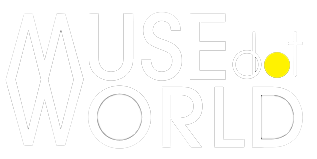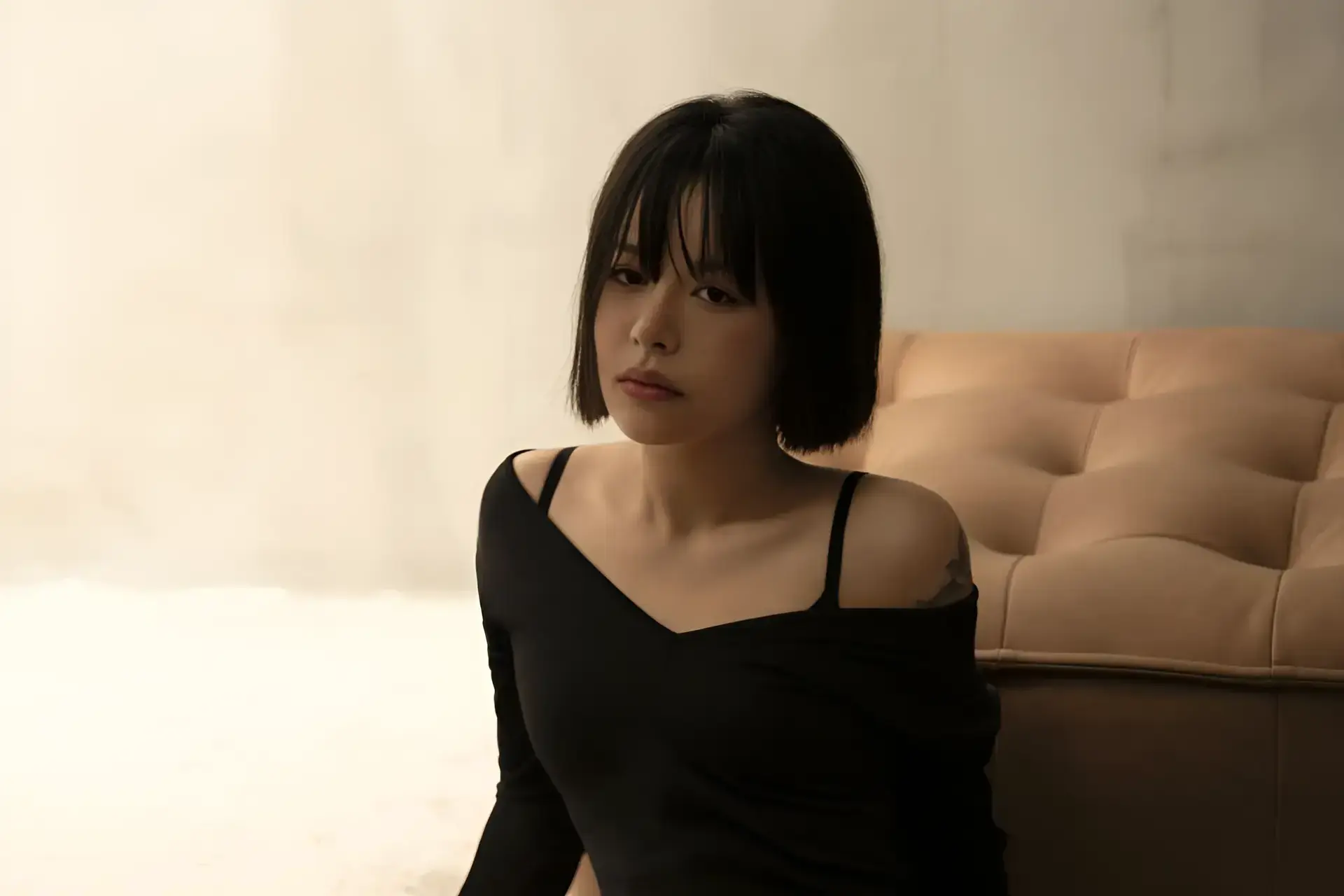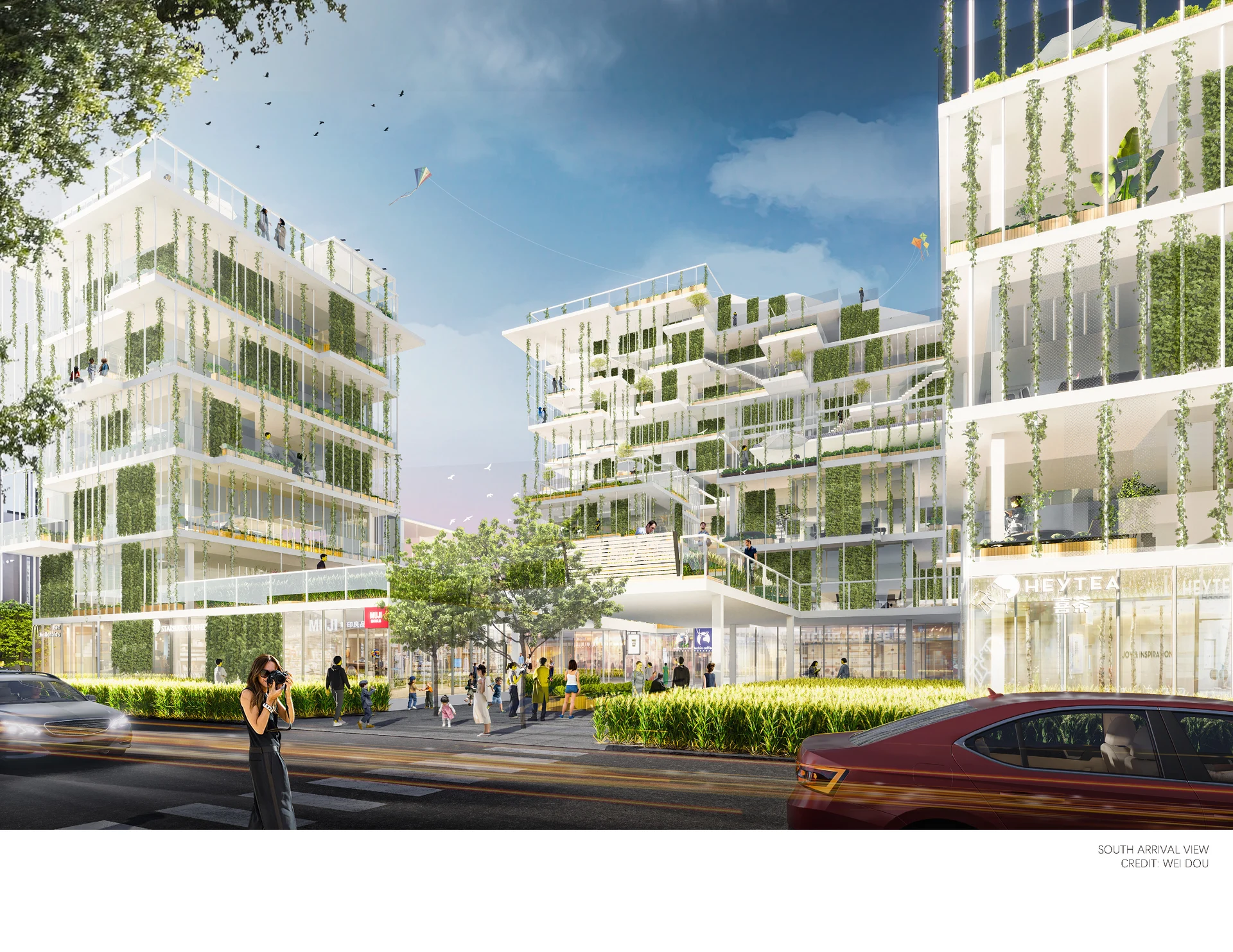10 Years, One Vision: Harvard Alum Wei Dou on Transformative Design

Life cycle. Just born spiders. | A Cycle of Life
February 11, 2025
From Pandemic Escape to Passion: Lucie Nermutová’s Photographic Journey
February 11, 2025Wei Dou
Wei Dou, a Harvard-educated landscape architect with a decade of experience, bridges the physical, spatial, and virtual worlds through innovative, human-centred design. Guided by empathy and purpose, Wei creates sustainable and impactful solutions that harmonise the built environment with technology, addressing real-world challenges while fostering equity and resilience for future generations.
I am a landscape architect at SWA Group, a renowned international design firm specialising in landscape architecture, urban design, and planning. In addition to my role as a designer, I am also a 3D artist and experience designer, exploring areas such as modelling, renderings, human-machine interfaces, and illustration.
I work with some of the world's leading developers and organisations to shape cities and urban environments for the future, blending cutting-edge technology with thoughtful, sustainable design to enhance urban life and the human experience.
The idea for my award-winning design came from a desire to create not just a physical building, but also an operational system that ensures the space functions as intended and benefits all users.
By integrating thoughtful design with sustainable and resilient strategies, I aimed to address real-world challenges while creating a solution that is both practical and impactful for the people who interact with it.
Yes, my Chinese heritage has a significant impact on my design process. Growing up in a culture rich in history, philosophy, and art has deeply shaped my approach to design. I draw inspiration from traditional Chinese design principles, such as balance, harmony with nature, and the concept of 'feng shui.'
These elements guide my work, helping me create spaces that honour cultural significance while incorporating modern, sustainable solutions. I believe that by blending the wisdom of my heritage with contemporary design practices, I can create meaningful and contextually relevant designs that resonate with people and their environments.
Winning the London Design Award means that my design has been recognised for its creativity and impact. It affirms that the approach I take—blending innovation with empathy and sustainability—is on the right track.
For my team and me, this distinction is a validation of our collective effort and reinforces our commitment to creating designs that truly make a difference. It's a proud moment for all of us, and it motivates us to continue pushing boundaries and shaping the future of design.
The winning work I entered into the London Design Awards is a project focused on vertical farming. It is a building design that integrates sustainable agricultural practices within an urban environment, creating a productive and green space that serves both the community and the environment.
I chose to enter this project because it embodies my passion for innovative, sustainable design and my commitment to addressing pressing global issues, such as food security and urban sustainability. The project highlights the potential of design to transform the way we live, work, and engage with our environment, making it a fitting candidate for recognition.
One of the main challenges I faced during the design process was conducting interviews with local community members. As a designer, I didn’t want to overly represent their voices or impose my vision on them, but at the same time, I needed to ensure that my input as a designer was actively reflected in the project.
To overcome this, I focused on truly listening to their needs, concerns, and aspirations, allowing their feedback to inform my design while maintaining the integrity of my creative vision. It was a delicate balance, but it ultimately led to a design that resonated with the community and also embodied the innovative and sustainable solutions I aimed to achieve.
Winning this award will further reinforce my commitment to being a designer who creates for all users. It validates the importance of designing with empathy, sustainability, and inclusivity at the forefront.
Moving forward, I will continue to focus on crafting spaces that respond to the needs of diverse communities, ensuring that every design is meaningful and accessible. This recognition motivates me to keep pushing boundaries and innovating for the betterment of people and the environment.
Passion outlet – Design allows me to channel my creativity and passion into tangible solutions that have real-world impact.
Inspiration from other designers – The industry is filled with talented individuals whose work inspires and pushes me to continually evolve in my own practice.
Meaningful legacy – The opportunity to create spaces and solutions that leave a lasting, positive impact on future generations is what makes this work so fulfilling. Design is not just about the present; it's about shaping a better world for the future.
What sets my design apart from others in the same category is my training as a landscape architect, which equips me with the ability to design complex systems and address problems on a regional scale.
This background allows me to integrate environmental, ecological, and urban considerations into my designs, creating solutions that are not only aesthetically appealing but also sustainable and impactful on a larger scale. I focus on creating designs that are deeply interconnected with their surroundings, solving issues from both a micro and macro perspective.
I believe the design industry will continue to evolve rapidly over the next 5-10 years, driven largely by technological advancements. Technology will undoubtedly challenge and expand the way we think about design, enabling us to create smarter, more efficient, and more sustainable solutions.
However, it will never outpace the human element of design—our ability to empathise, understand context, and create solutions that truly resonate with people. The future of design will likely be a fusion of cutting-edge technology and timeless human insight, allowing us to push boundaries while maintaining the core values that make design meaningful.
The best resource for improving skills in the design industry is other designers. Pay attention to what they have to say, especially when they put effort into sharing their knowledge and experiences—this is incredibly valuable. Always tune in to others’ insights and stay open to exploring new ideas and approaches.
While textbooks provide foundational knowledge, real growth happens when you engage with the community, learn from others, and push yourself to explore outside conventional boundaries.
As an artist who never gives up, I’ve realised that life is truly a fun journey. While it's destined to end with death, the process along the way is what makes it so rewarding and full of discovery.
Every challenge, every triumph, and every lesson learned makes the journey meaningful, and embracing this adventure allows me to find joy and fulfilment in what I do, no matter the outcome.
I feel a deep connection with Liu Yuning, the artist, as I see similarities between our journeys. Like him, I’ve faced challenges and obstacles, but I’ve always remained determined to pursue my dreams.
His persistence and dedication to his craft resonate with me, and it inspires me to continue pushing forward, knowing that success comes not from avoiding failure but from staying committed to the process, no matter how difficult it may be.
Well, I’m still far from the success I hope to achieve, but I’m enjoying the journey and seeing progress along the way. I think the key is to keep moving forward, stay true to what you believe in, and embrace each step of the process, even when it’s challenging.
Success isn’t just about the end result—it’s about growing and learning along the way. Keep pushing, stay passionate, and trust the process.
As artists and creators, sometimes you have to believe in luck and the timing of things. While hard work and perseverance are essential, a little bit of luck can make all the difference.
So, I wish us all luck in our journeys, and may we continue to create, innovate, and find success in ways we may not expect. Keep pushing forward, embrace the process, and enjoy the ride.
Winning Entry
GreenWork Collective | London Design Awards
What can a 4,269㎡ plot of farmland produce? Annually, it might only feed 11 people or generate 5,078 Chinese yuan from ethanol production. Yet, this land holds generations of memories and cultural significance... (read more here)
Wei Dou
Wei Dou, a Harvard-educated landscape architect with a decade of experience, bridges the physical, spatial, and virtual worlds through innovative, human-centred design. Guided by empathy and purpose, Wei creates sustainable and impactful solutions that harmonise the built environment with technology, addressing real-world challenges while fostering equity and resilience for future generations.
Read about the interview on Designing the Next Revolution in Mobility with Bo Bao here.


